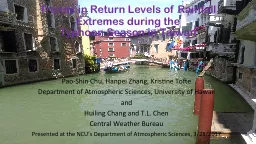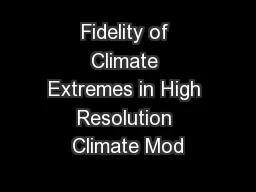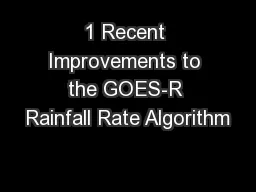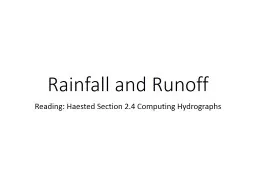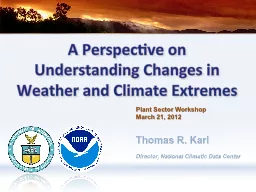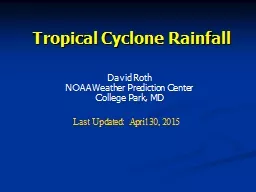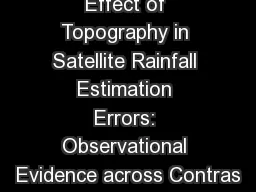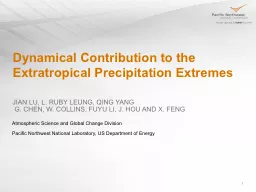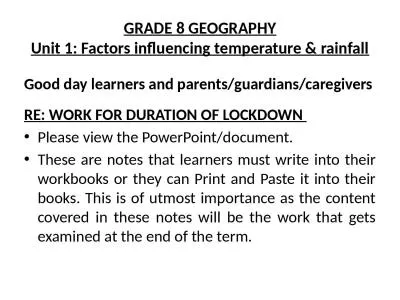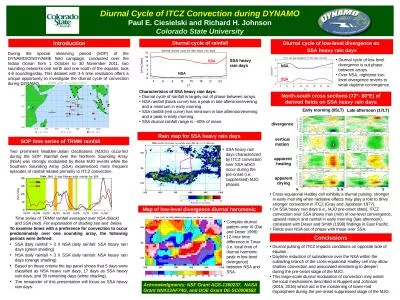PPT-Trends in Return Levels of Rainfall Extremes during the
Author : importedferrari | Published Date : 2020-07-03
Typhoon Season in Taiwan PaoShin Chu Hanpei Zhang Kristine Tofte Department of Atmospheric Sciences University of Hawaii and Huiling Chang and TL Chen Central
Presentation Embed Code
Download Presentation
Download Presentation The PPT/PDF document "Trends in Return Levels of Rainfall Extr..." is the property of its rightful owner. Permission is granted to download and print the materials on this website for personal, non-commercial use only, and to display it on your personal computer provided you do not modify the materials and that you retain all copyright notices contained in the materials. By downloading content from our website, you accept the terms of this agreement.
Trends in Return Levels of Rainfall Extremes during the: Transcript
Download Rules Of Document
"Trends in Return Levels of Rainfall Extremes during the"The content belongs to its owner. You may download and print it for personal use, without modification, and keep all copyright notices. By downloading, you agree to these terms.
Related Documents

